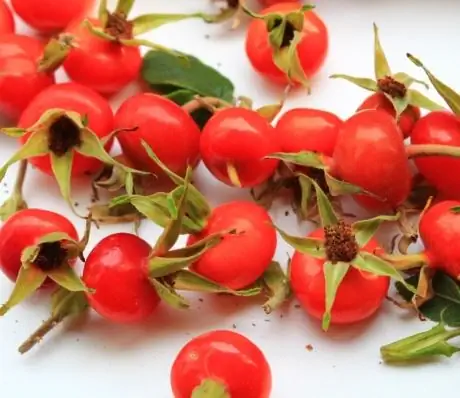- Author Rachel Wainwright [email protected].
- Public 2023-12-15 07:39.
- Last modified 2025-11-02 20:14.
Turnip
People have been growing turnips since ancient times. The first mention of turnips is more than six thousand years old. In Ancient Greece, it was considered the food of the poor, but the inhabitants of Ancient Rome thought differently, and prepared exquisite dishes for the aristocrats from turnips.
The ratio of BJU in the product

Source: depositphotos.com How to burn 28 kcal?
| Walking | 7 minutes |
| Jogging | 3 min. |
| Swimming | 2 minutes. |
| A bike | 4 minutes |
| Aerobics | 6 minutes |
| Household chores | 9 minutes |
In Europe and Russia, turnips have been cultivated for centuries as a staple food during the winter months. In fact, turnip began to fade into the background only when potatoes were brought from North America, which gradually took away from it the role of the main vegetable.
The wide distribution and nutritional significance of the turnip in Russia is reflected in the culture and customs of the Slavs. It was used in rituals to expel evil spirits from homes and to brave obsessive suitors.
Turnip benefits
Turnip has become widespread for several reasons. First, it is rich in nutrients, vitamins and trace elements, which largely determine the health benefits of turnip. Secondly, turnip is extremely unpretentious to the habitat and soil, it tolerates frost and moisture drops well. Thanks to these properties, in central Russia, you can harvest two turnip crops per year.
The main health benefits of turnip are its exceptional richness in vitamin C, which has helped prevent scurvy in many nations for millennia. The risk of scurvy was especially high in the spring, when the supply of vitamins in the body was sharply reduced. The peoples who grew this vegetable knew very well about this useful property of turnip.
Another important property of turnips is their high calcium content. Calcium is especially necessary for a growing body, prevents the development of rickets in children. In more mature people, calcium contributes to the rapid healing of fractures, maintaining dental health and improving metabolic processes.
Considering that the composition of turnips is far from limited to these vitamins and microelements, one can understand why the history of cultivation of this vegetable is so long. Sulfur, phosphorus, iron, magnesium, potassium, B vitamins, vitamin PP and A have helped and are helping to fight various diseases and maintain well-being and health.
It is also important that turnip contains glucoraphanin, which has an antibacterial effect and also helps prevent cancer.
Turnip helps to cleanse the gastrointestinal tract, suitable for the nutrition of people with diabetes. In folk medicine, fresh turnip juice is used as an expectorant. It also has diuretic properties and is a mild laxative.
The calorie content of turnips is 32 kcal per 100 g of product. The low calorie content of turnips promotes weight loss, and is also effectively used as part of medical nutrition for obesity.

Cooking turnips
Turnip dishes are very simple to prepare. No wonder there is an expression: "Easier than a steamed turnip."
Indeed, turnips can be steamed, fried, or added to salads raw. When adding to salads, it is recommended to grate the turnips to soften the cooked dish. Raw turnip has a specific bitter taste that not everyone likes. To eliminate it, it is advised to scald a fresh vegetable with boiling water before cooking.
Traditional Russian recipes include turnips stuffed with millet porridge and turnips fried in vegetable oil. Considering that turnip goes well with various additives, there is a lot of room for the culinary specialist's imagination, which allows you to diversify the everyday table with an undeservedly forgotten vegetable and dishes based on it.
YouTube video related to the article:
Found a mistake in the text? Select it and press Ctrl + Enter.






